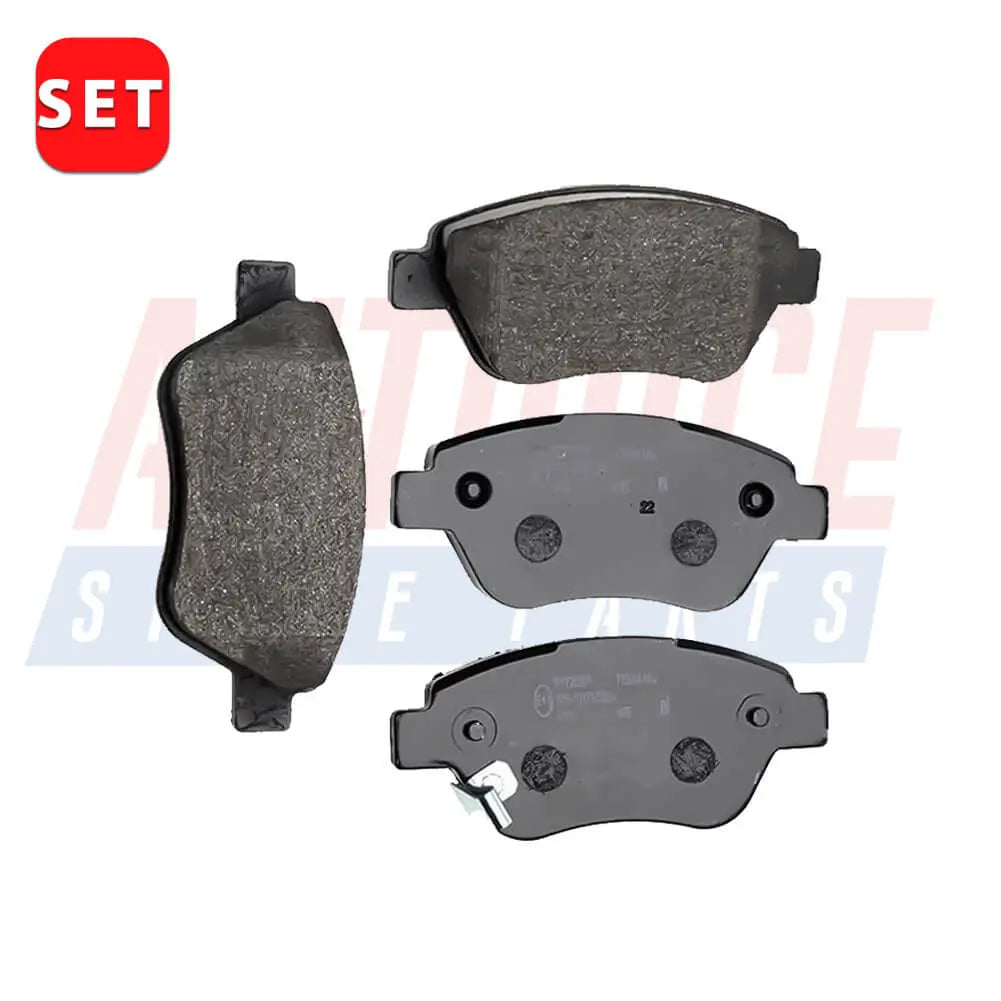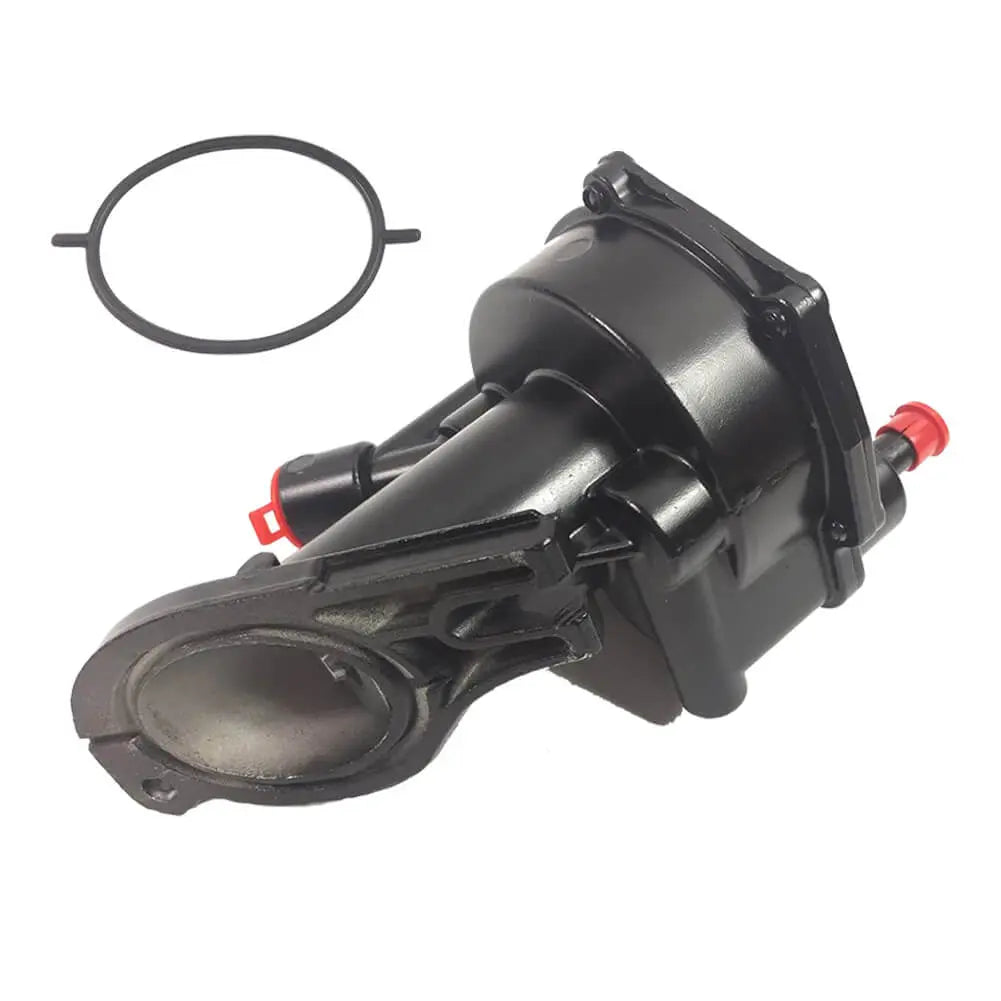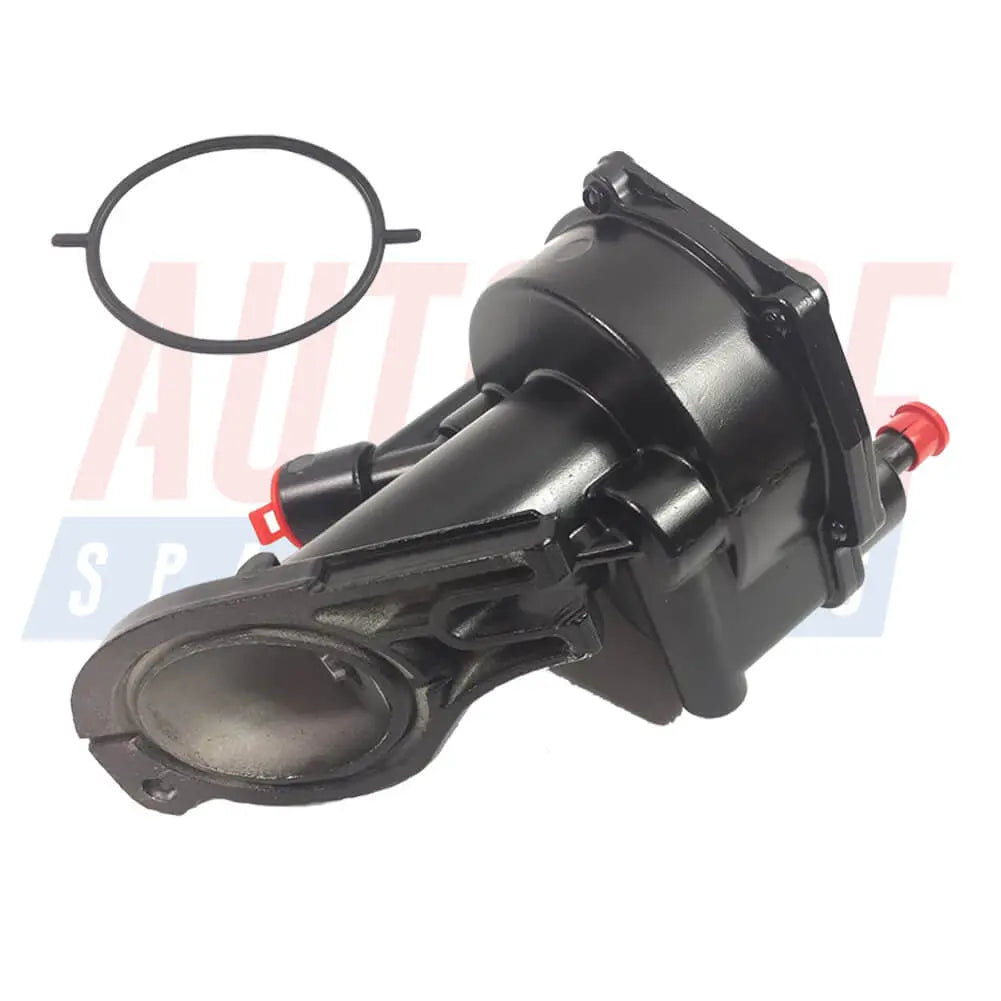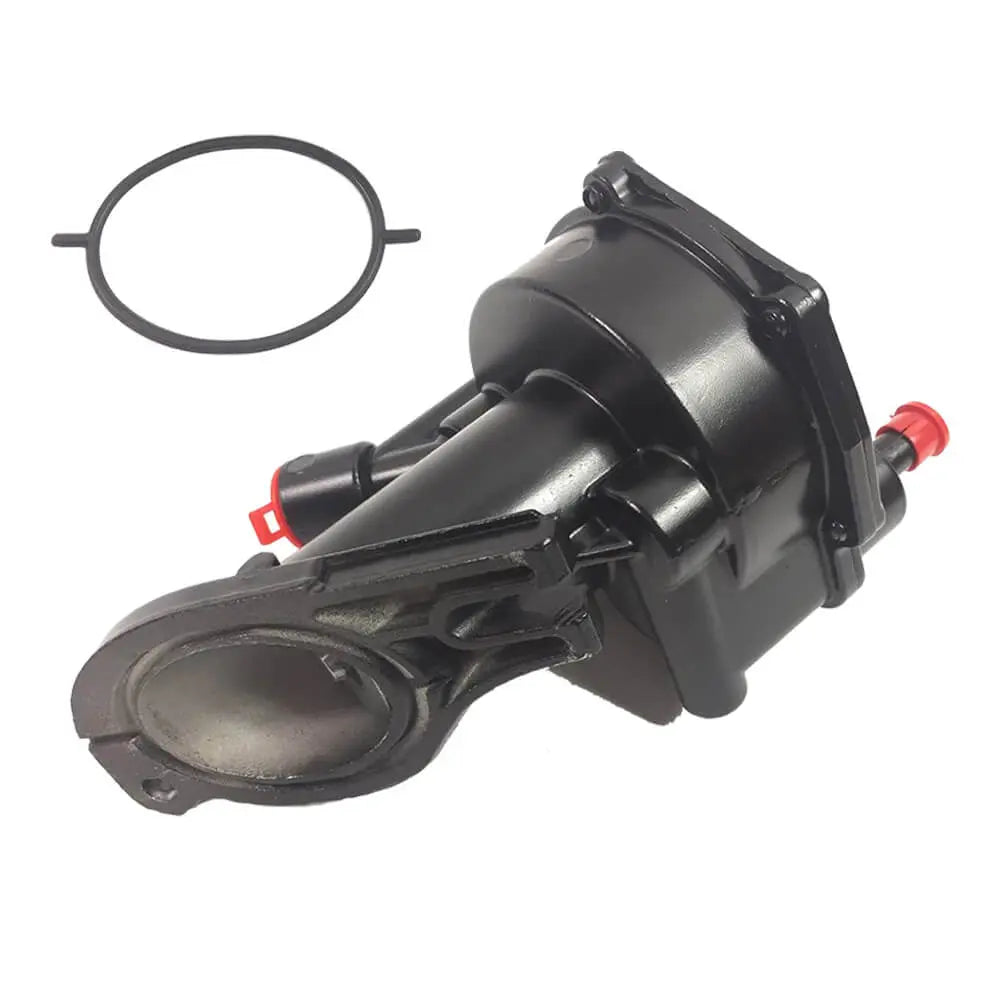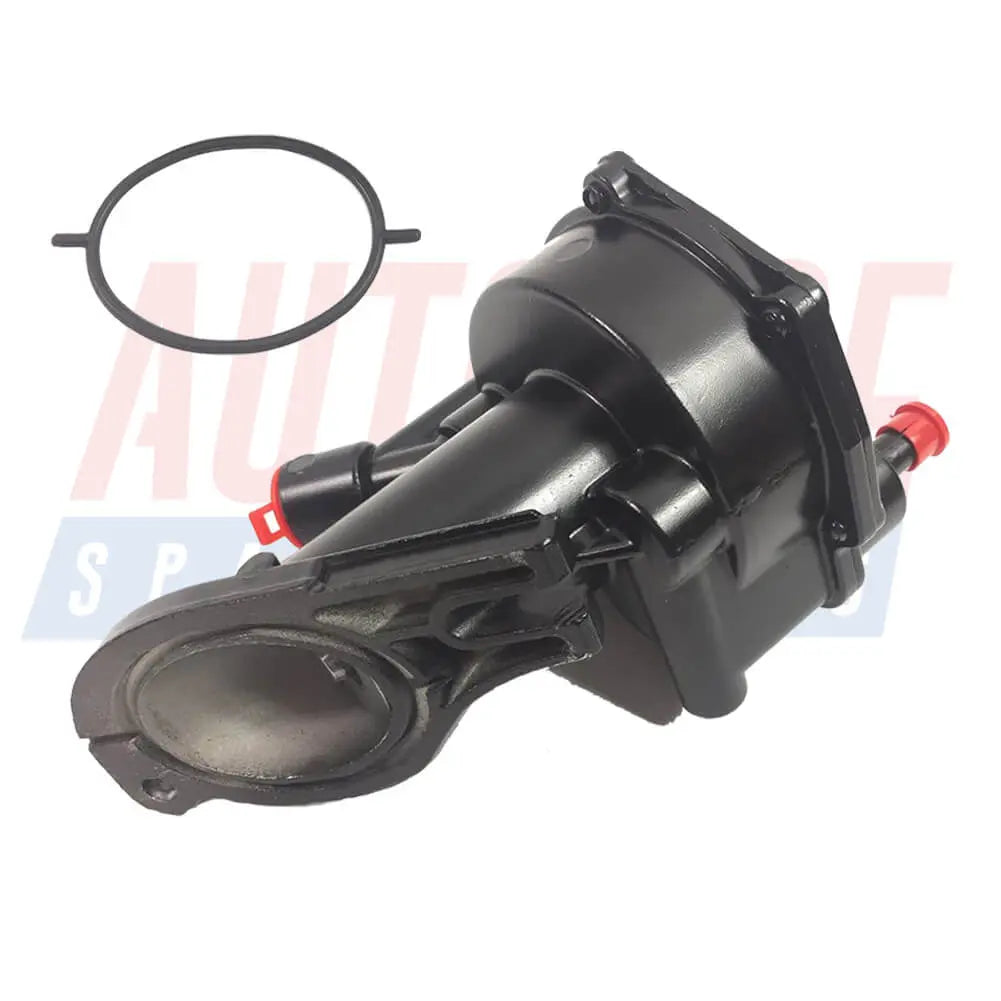Shop by Category
Brakes
11 products
Showing 1 - 11 of 11 products
Understanding Essential Components of Car Braking System
The braking system of a car is a critical safety feature that ensures the driver and passengers' safety by enabling controlled deceleration and stopping. Several components work together to create an efficient braking system. In this article, we will delve into the main components of a car's braking system, including ABS sensors, brake pads, brake cables, and brake vacuum pumps.ABS Sensors
ABS stands for Anti-lock Braking System. The ABS sensor is a crucial component responsible for measuring wheel speed. It is usually located at each wheel or sometimes integrated into the wheel hub assembly. The primary function of the ABS sensor is to monitor the rotational speed of the wheels continuously.When you apply the brakes, the ABS sensor relays this information to the car's computer system. The computer then analyzes the data from all the wheels and determines if any of them are on the verge of locking up. If it detects a potential lock-up, the ABS system will actuate to prevent it.
The ABS system modulates the brake pressure rapidly, allowing the wheels to maintain traction with the road. This prevents skidding, reduces the risk of loss of control, and enhances the vehicle's stability during emergency braking situations.
Brake Pads
Brake pads are a critical part of the disc braking system. When you press the brake pedal, the brake pads apply pressure to the brake rotors, creating the necessary friction to slow down or stop the vehicle. These pads are typically made of a high-friction material, such as ceramic or semi-metallic compounds.Over time, brake pads wear down due to the constant friction and heat generated during braking. Regular inspection and maintenance of brake pads are essential to ensure optimal braking performance and safety. Worn-out brake pads should be replaced promptly to prevent damage to other brake components and maintain efficient braking.
Brake Cable
The brake cable is a fundamental part of the parking brake system. Also known as the handbrake or emergency brake, it is a mechanical system designed to hold the car in a stationary position when parked. Unlike the primary hydraulic brake system, the parking brake uses a cable to engage the brake shoes or pads.When you pull the parking brake lever or push the parking brake pedal, it tensions the brake cable, causing the brake shoes or pads to engage the brake drums or rotors. Properly functioning parking brakes are vital for safety, especially when parking on inclines or slippery surfaces.
Brake Vacuum Pump
In modern vehicles equipped with power-assisted brakes, a brake vacuum pump plays a crucial role. The brake vacuum pump creates vacuum pressure that assists in multiplying the force applied to the brake pedal, making braking easier and more efficient for the driver.The vacuum pump draws air out of the brake booster, creating negative pressure. When the driver presses the brake pedal, atmospheric pressure forces the brake booster diaphragm forward, amplifying the pedal force and transferring it to the master cylinder. This, in turn, generates hydraulic pressure to engage the brakes.
Understanding the various components of a car's braking system is essential for ensuring the vehicle's safety and reliable performance. The ABS sensors help prevent wheel lock-up, enhancing stability during emergency braking. Brake pads create the necessary friction to slow down or stop the car efficiently, while the brake cable is responsible for engaging the parking brake securely. Finally, the brake vacuum pump assists the driver by multiplying the force applied to the brake pedal, making braking smoother and more controlled. Regular maintenance and prompt replacement of worn-out parts are vital to ensure the braking system's optimal functionality and keep everyone on the road safe.
Showing 1 - 11 of 11 products
Display
View
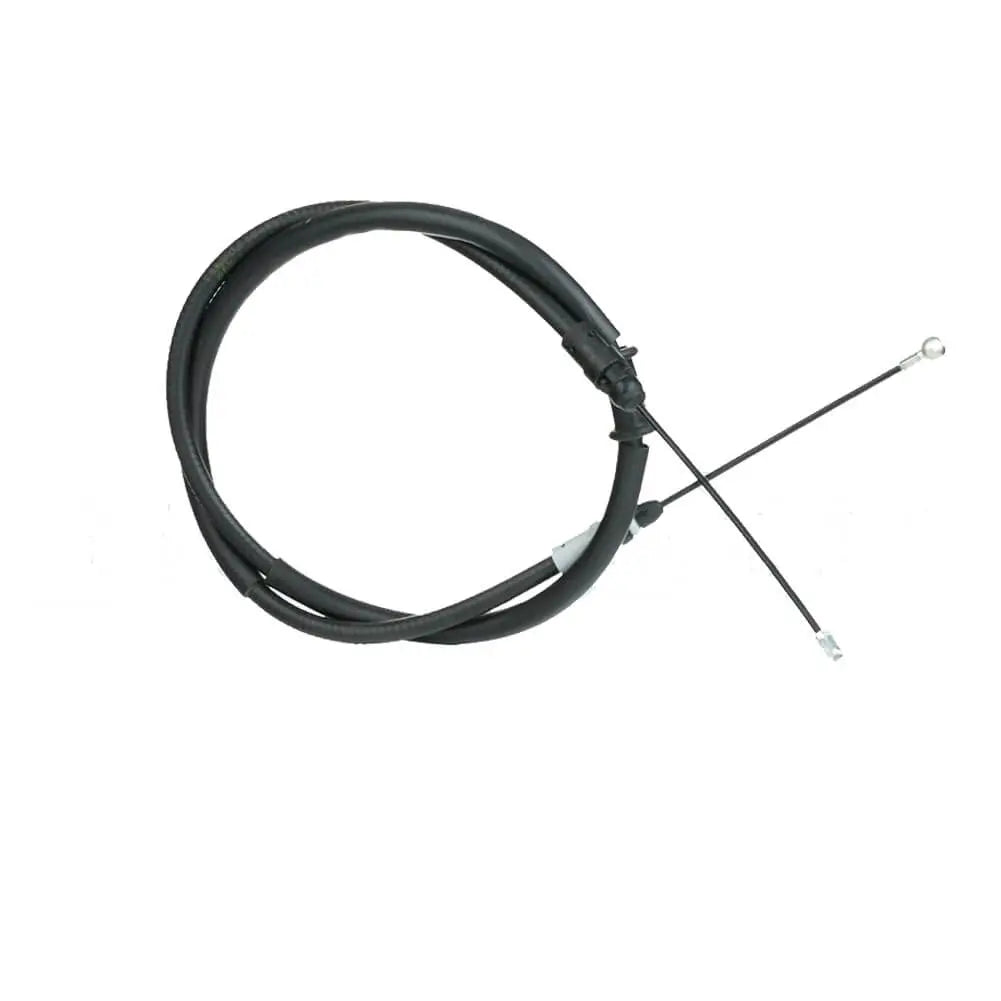
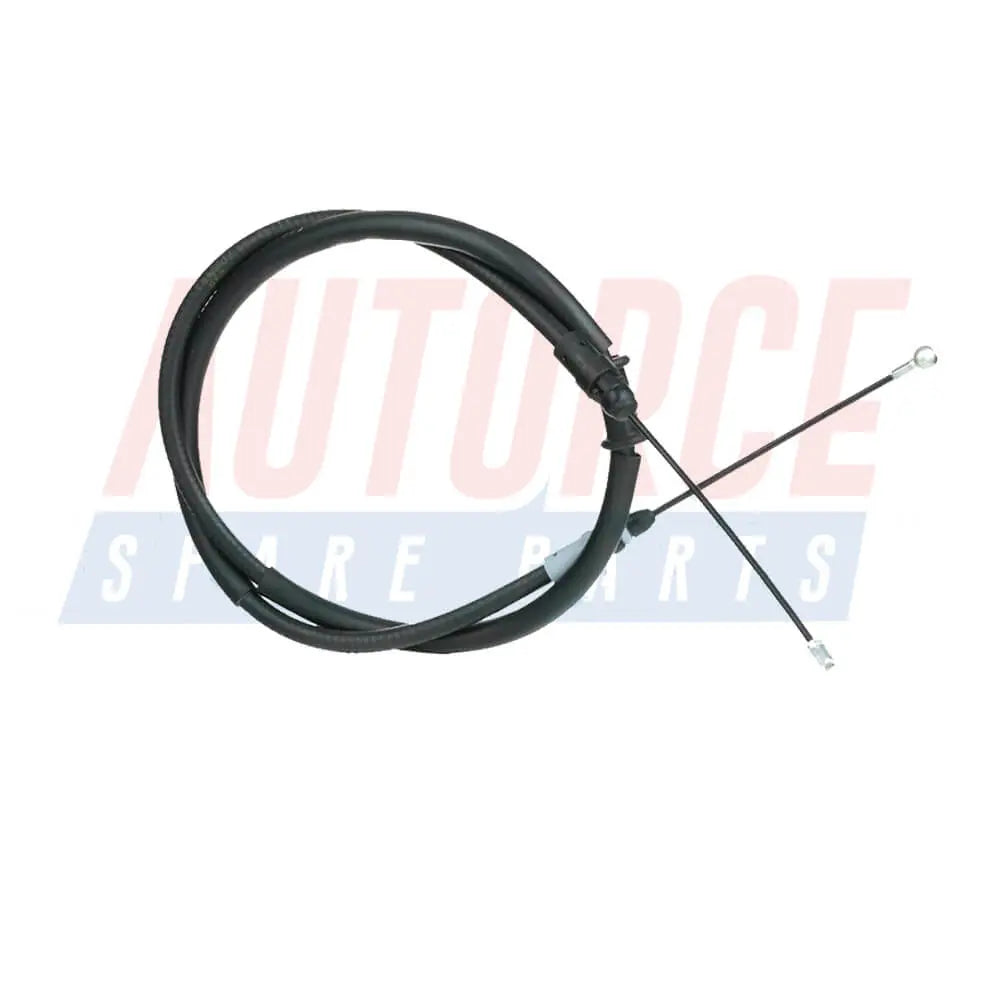
Rear Left / Right Handbrake Cable For VAUXHALL Movano - 93197706, 8200727569
Sale price£14.90
No reviews
In stock

Rear Left / Right Handbrake Cable For Opel Movano - 4419612, 93197706
Sale price£14.90
No reviews
In stock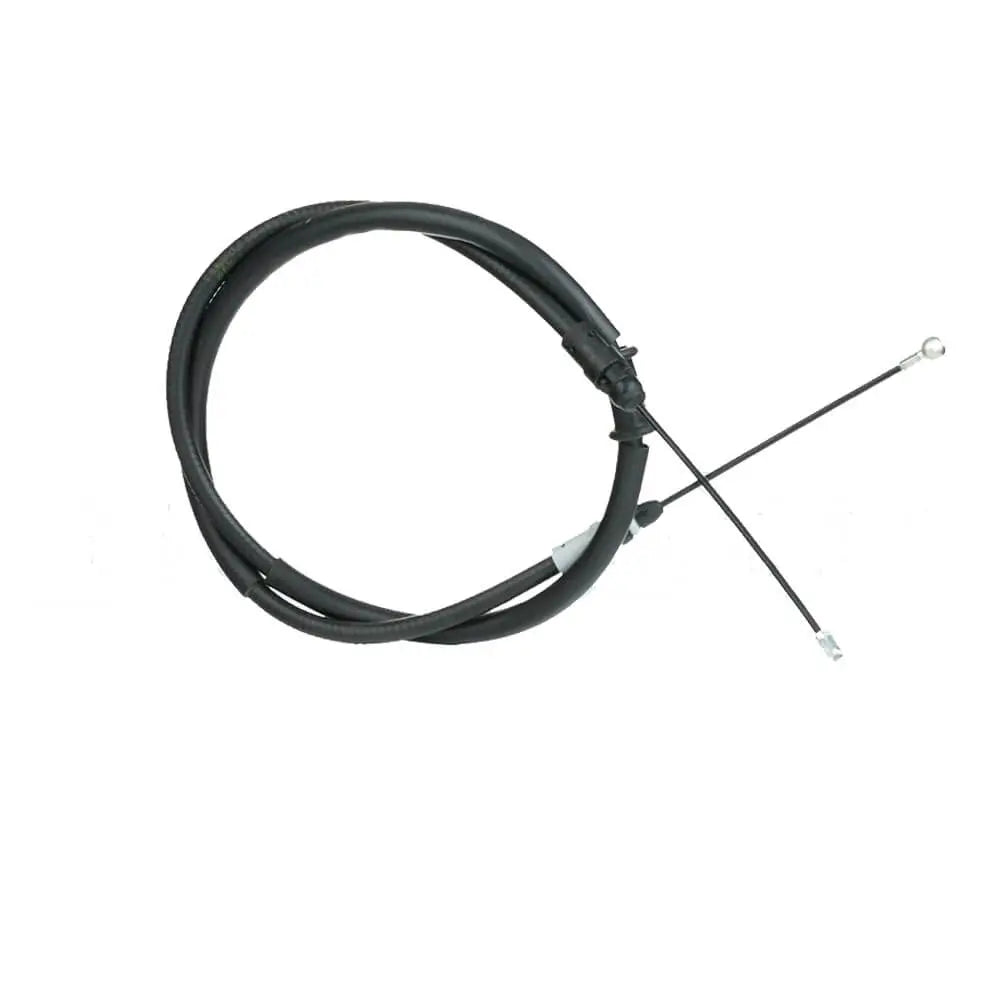
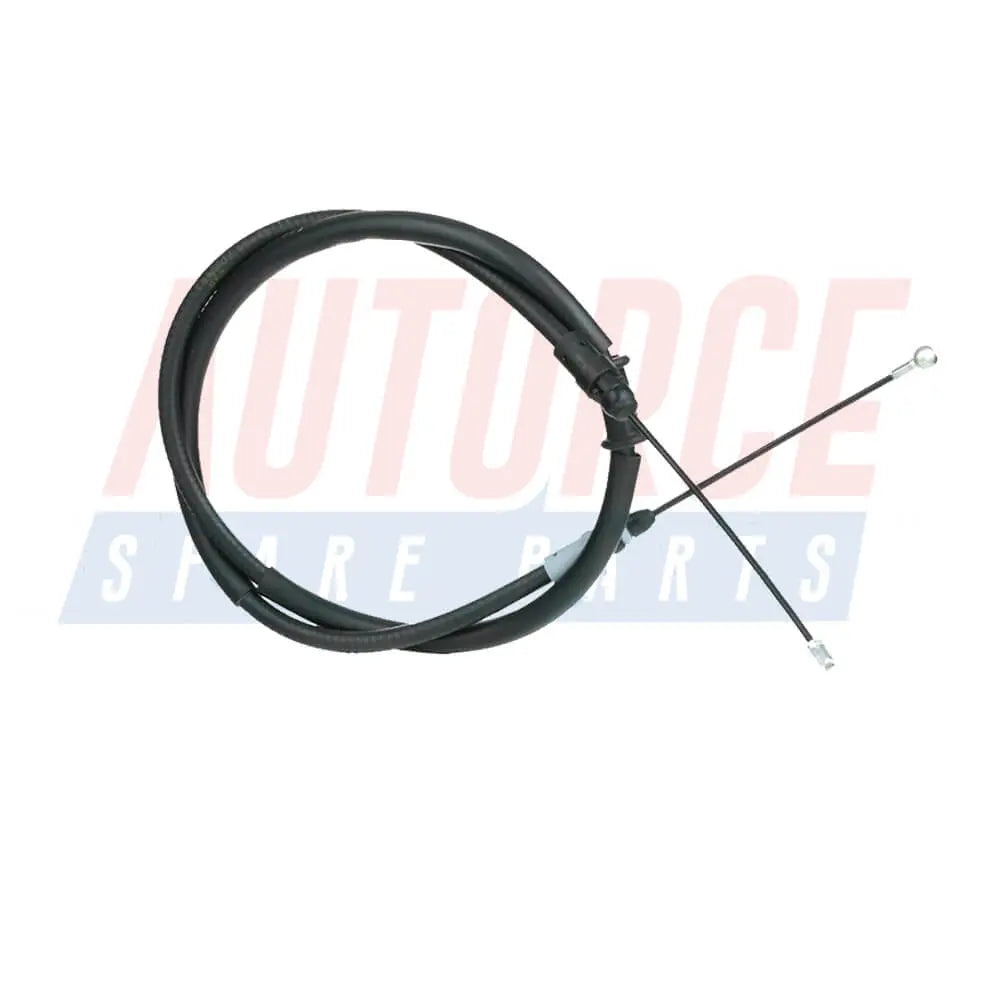
Rear Left / Right Handbrake Cable For Renault Master (2010 - onwards) - 8200727569, 8200 727 569
Sale price£14.90
No reviews
In stock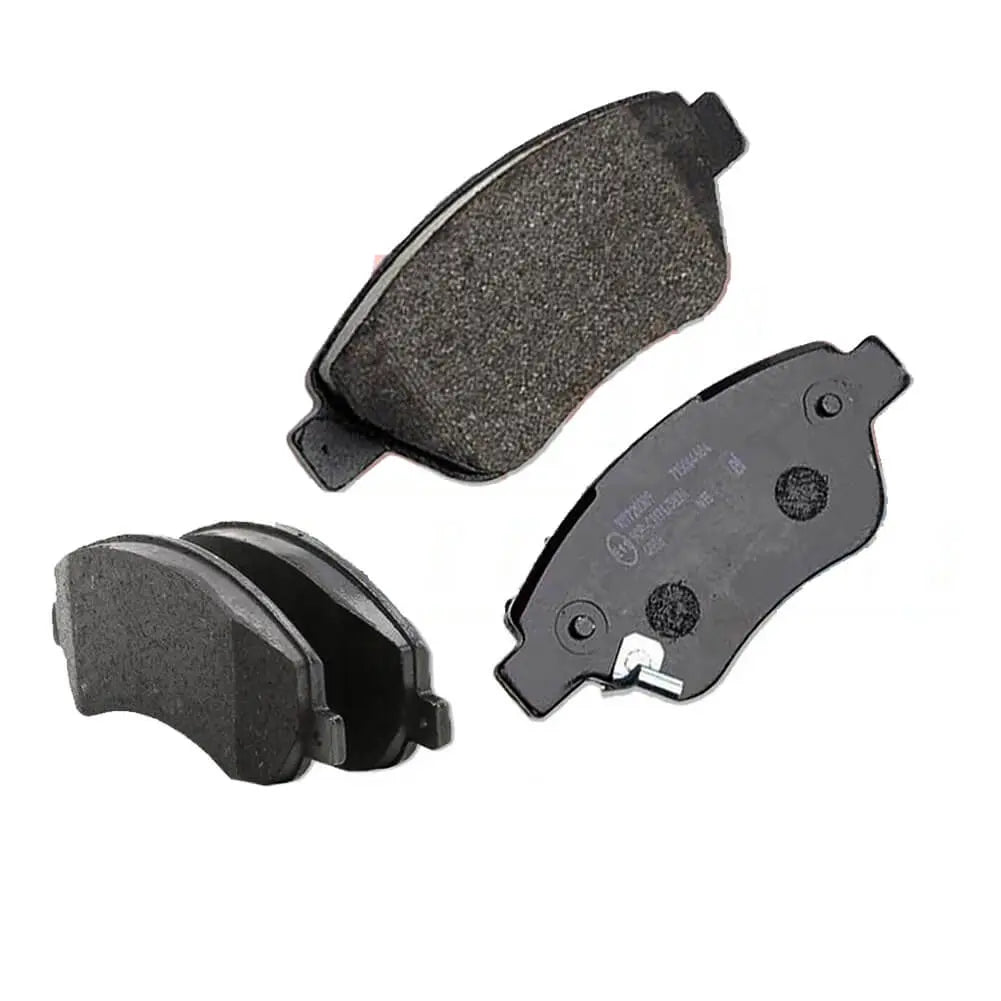
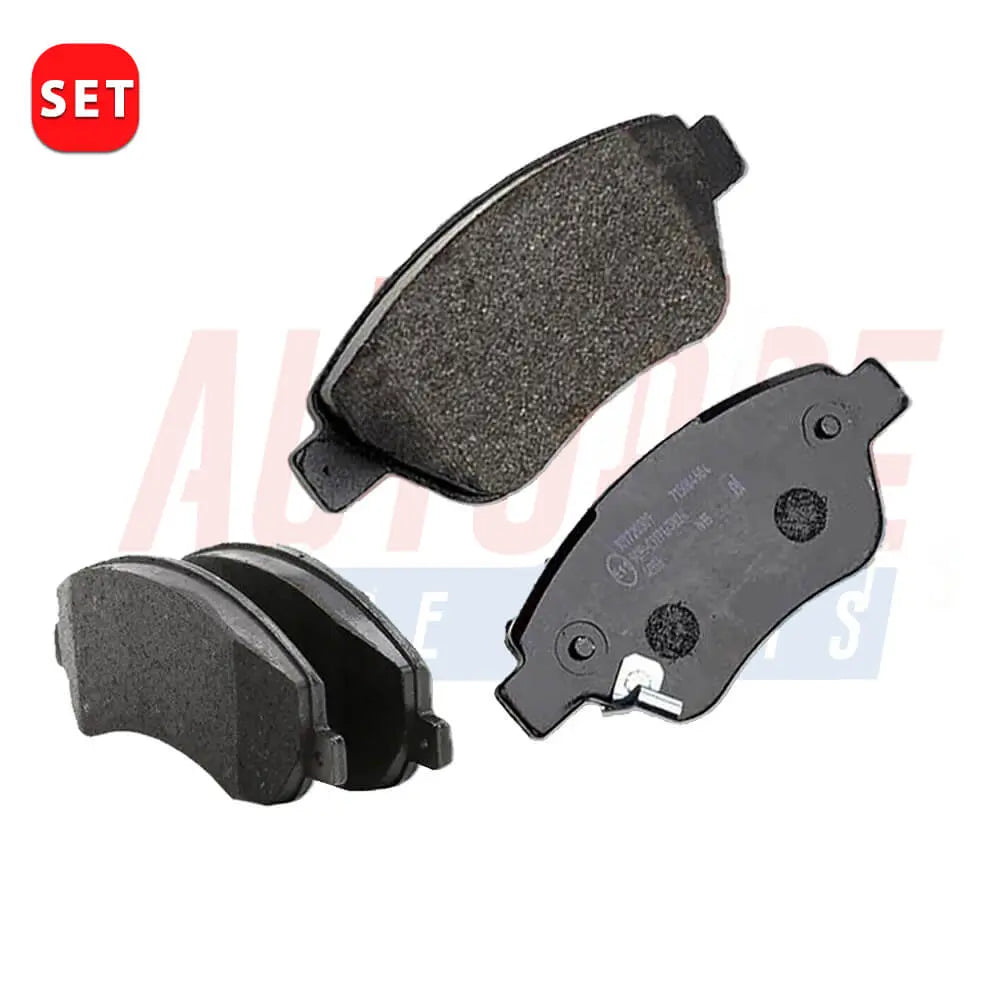
Rear Brake Pad Set For Ford Transit 2.2 2.4 3.2 TDCI 2.3 16V Tourneo 2.2 TDCI - 1560014, 1721087
Sale price£39.90
No reviews
In stock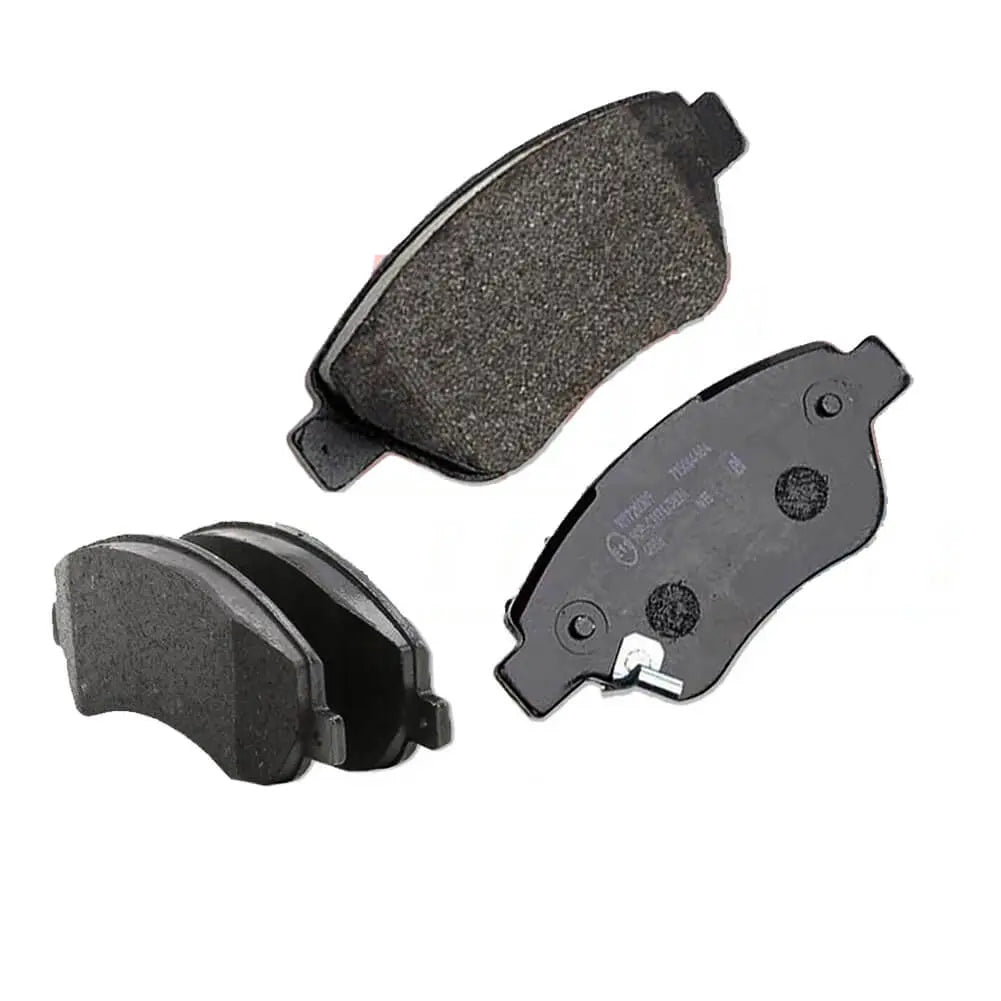

Rear Brake Pad Set For VW Amarok 2.0 TSI 2.0 TDI 4motion, BiTDI 4motion - 1371402, 1433952
Sale price£39.90
No reviews
In stock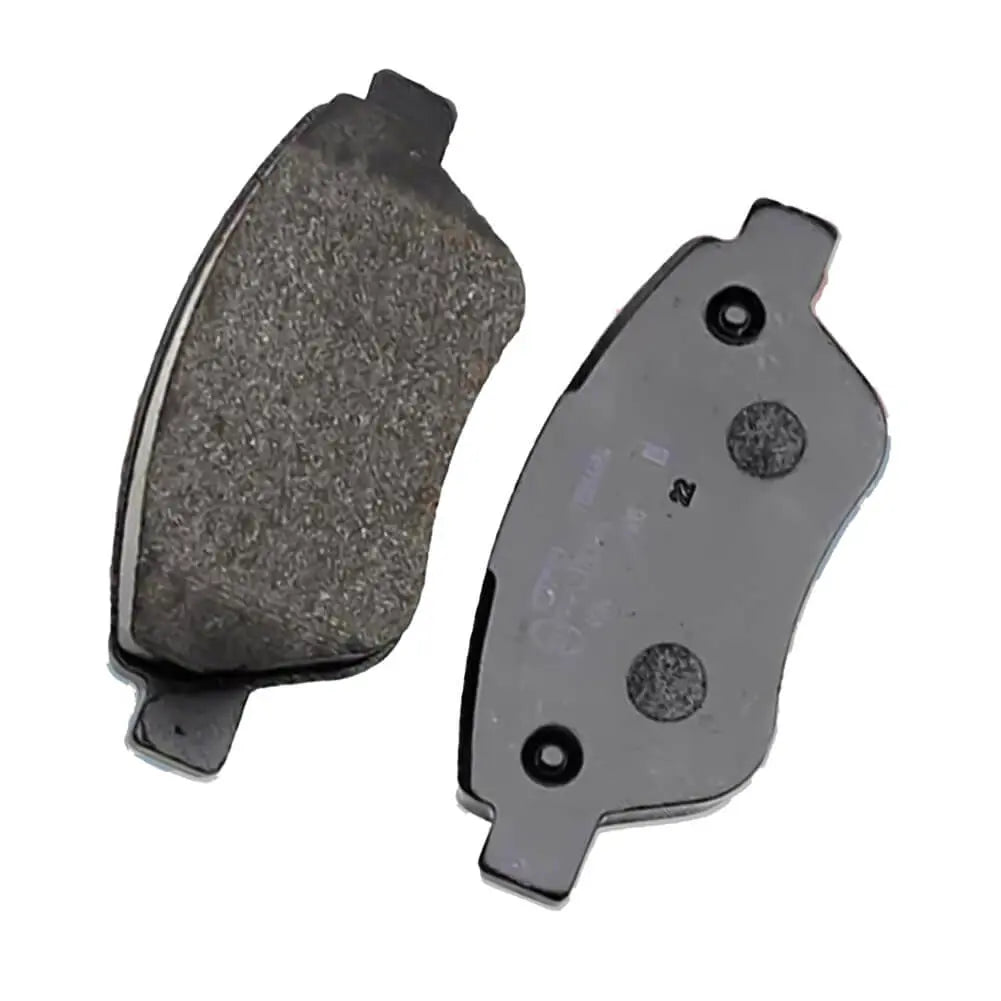
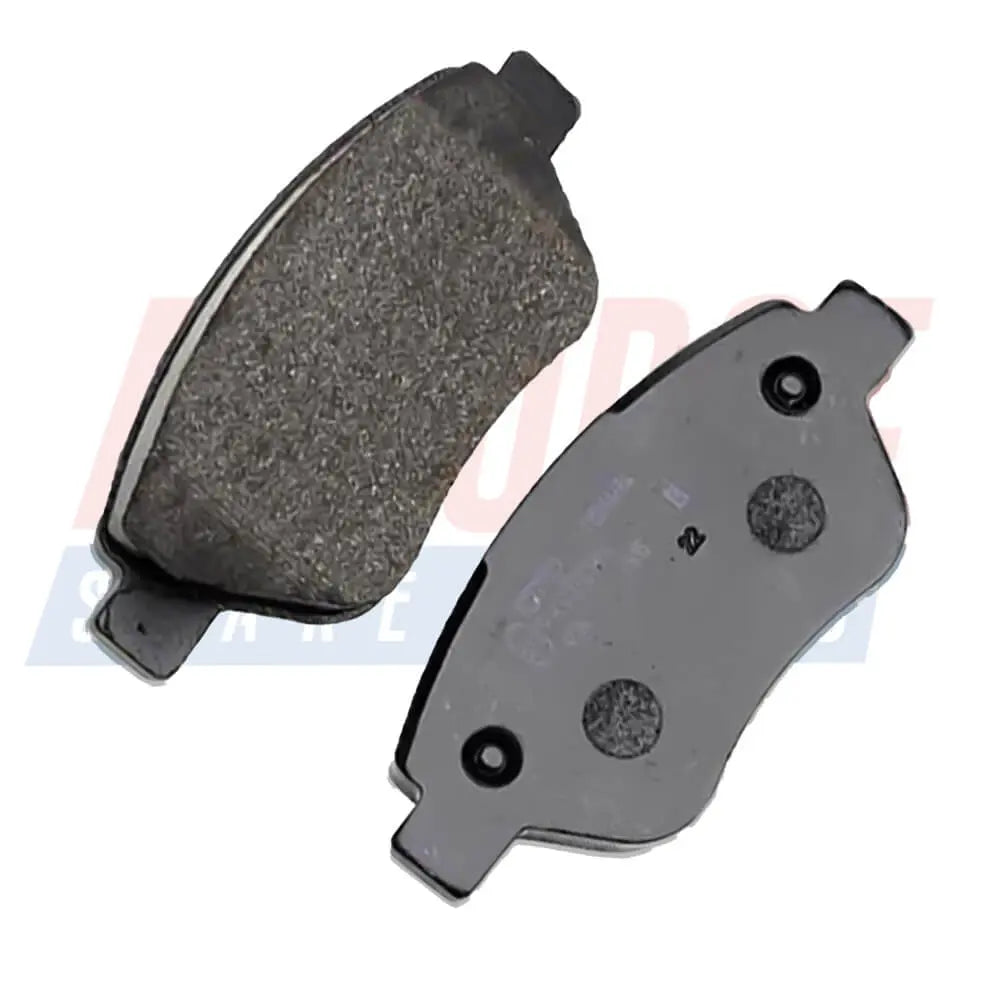
Front Brake Pad Set For Ford Transit 2.2 2.4 3.2 TDCI 2.3 16V Tourneo 2.2 TDCI - 6C112K021AE
Sale price£34.90
No reviews
In stock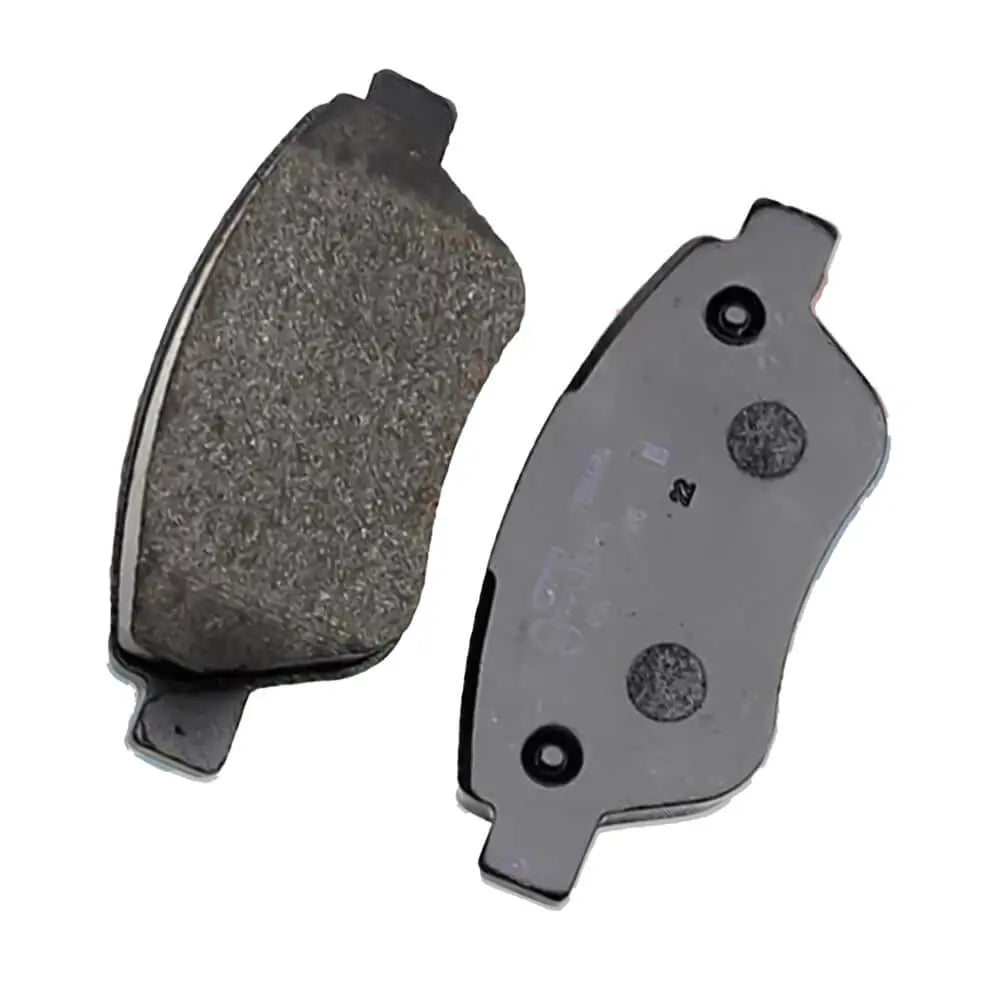
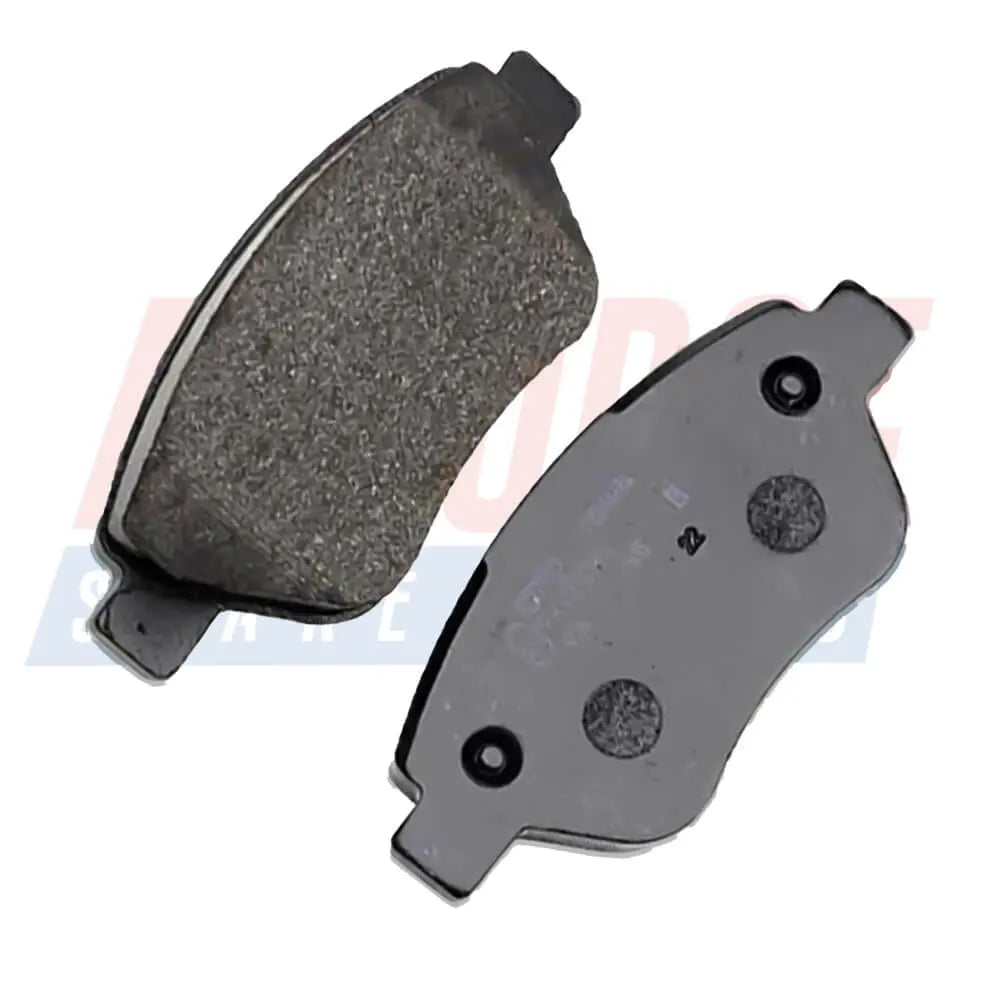
Front Brake Pad Set For VW Amarok 2.0 TSI 2.0 TDI 4motion, BiTDI 4motion- 2H0698151A, 1433952
Sale price£34.90
No reviews
In stock
Filters (0)




